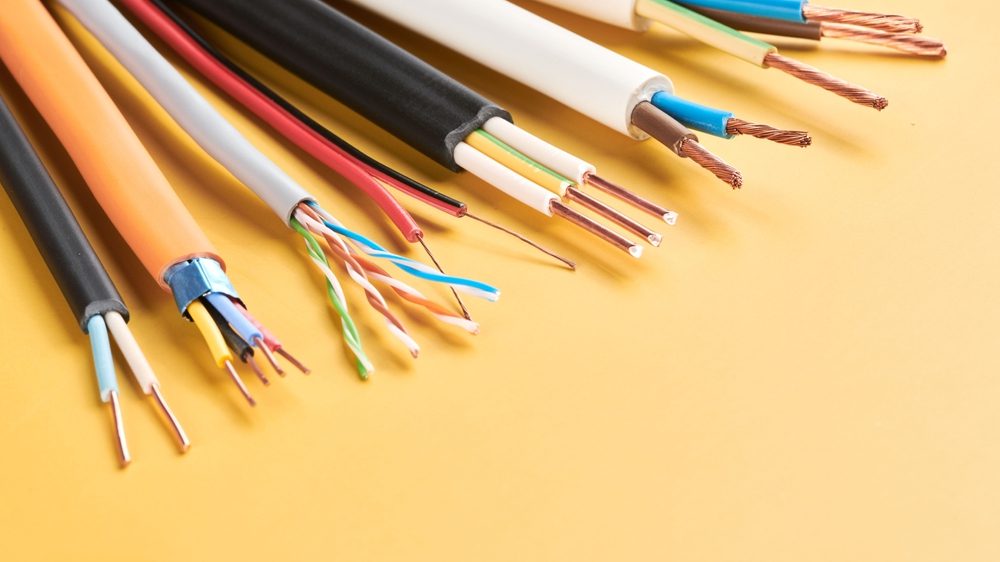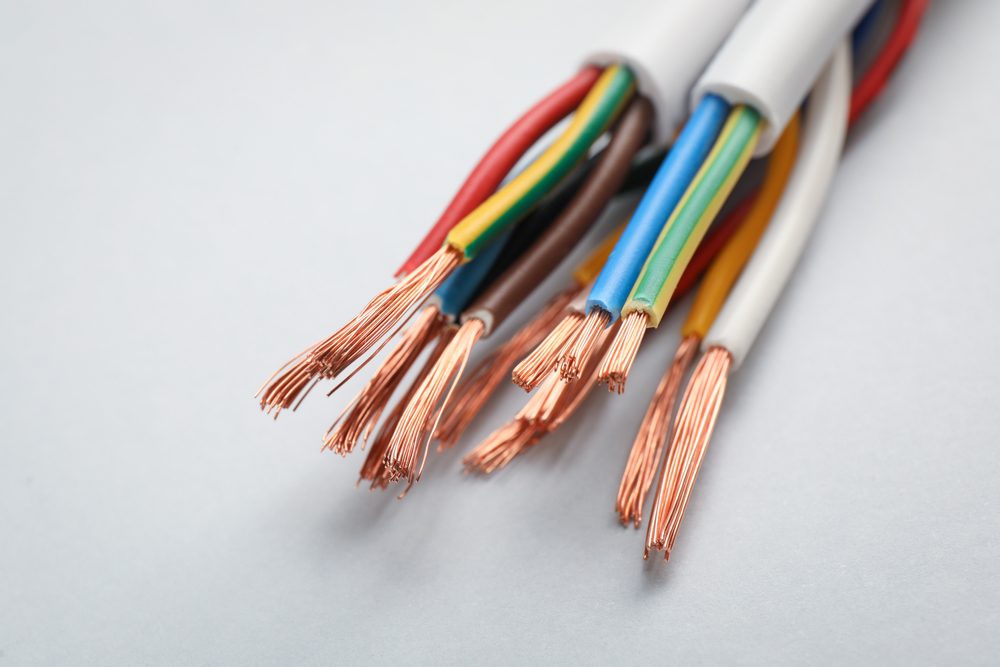
The world of wires is filled with complexity that is difficult to detect at first glance. Simply looking at a bundle of wires protruding from an electrical device makes it seem like they all do the same thing. However, looks can be deceiving. Each wire plays a unique role in the function of the device.
One example of this is the difference between load and line wires. These are two types of wires with very different yet equally important functions. What’s the difference between these wires? How can you tell line wires vs. load wires apart? What are they used for? To help you improve your understanding of electrical systems, we have created an outline of the differences and unique applications of line vs load wires.
Line vs. Load Electrical Wires
Understanding the difference between line and load wires is an essential part of working with them. This is one of the first things anyone conducting an electrical repair project should be aware of to prevent issues.
Line wires are the wires that feed electricity. They deliver the electricity from a source to a device running on it. In other words, line wires are the incoming electricity.
Load wires are wires that move electricity down the wire. They allow it to travel further so the next line wire can deliver it to a device. Essentially, load wires are the outgoing electricity.
Read More: What to Do if Your Outlet Stopped Working and the Breaker is Not Tripped
What Is a Line Wire Used For?
There are a few different line wires in your home. Some are located outside the house, and others are found within.
- The outdoor line wires are what deliver electricity to your home. They run from outside your home up to the property.
- The indoor line wires run from the breakers in the house to the electrical boxes. They are what spread the electricity from a single point in your home to multiple points throughout it.
What Is a Load Wire Used For?
Load wires are found in several places in the home and are essential in allowing line wires to do their jobs. These wires are responsible for carrying electricity from an endpoint to a place where the electricity is used.
For example, if you are working on a light fixture installation, you will see both load and line wires. You will see load wires connect a light switch to the light itself. The line wire may be the wire delivering power to that switch, and the load wire carries it the rest of the way.

How to Confirm Whether a Wire Is a Line vs. a Load
While the differences between line and load wires can be difficult to understand, there are ways to tell them apart. You can look for a few characteristics that differ from one wire to another, including:
- Position
- Color
- Testing the Wires
You can use these identifying characteristics to tell which wire you are looking at.
Position
In most cases, line wires are located at the bottom of panels and devices. Meanwhile, load wires are located at the top. While this isn’t true in every scenario, most things are wired in this way, making it easier to tell the difference between the two. You will often see the wires marked appropriately. They may say “line” or “load” directly on the wire.
Color
Wires often fall into a color system to make identification easier. However, like the positioning system, this isn’t always something that every wire will stick to. The color system fluctuates even more and is a less helpful indicator of what a wire is. This is particularly true with line and load wires, which can sometimes be the same color.
In the color system, you will see line wires that are black and load wires that are either red, blue, or black. Unfortunately, this means there is a chance either wire may be black, making it pretty confusing if this is your only indicator. However, if you see a wire that is red or blue, it’s most likely a load wire.
Read More: Easy Ways to Avoid Flickering LED Lights on a Dimmer Switch
Test the Wires
One of the best ways to check if a wire is a line or load wire is to check if it’s “hot.” When comparing the differences between line vs load wires, it’s important to know that line wires are always hot, so discovering a wire is hot will let you know it’s a line wire.
You can test this with a volt pen, which is a specialized device used to determine if a wire is live. In most cases, the volt pen will light up red when it comes in contact with a live wire. However, you should check the instructions of your volt pen to see if it has another indicator.
If you don’t have a volt pen and don’t want to purchase one, you can opt for an even more effective method: asking a professional electrician. A professional electrician at an electrical installation company can tell the difference between a load and a line wire.
A professional may already know based on how a device is wired, but if they don’t, they can test the wire for you. During an electric inspection or other routine electrical work, feel free to ask a professional to get the most accurate answer.

Electrical Installation and Repair Services
If you are messing around with wires, you need to be careful. One wrong move could lead to a dangerous electric shock or create a spark that causes a fire. If you do not know how to pinpoint line vs load wires, contact a professional on our team at (703) 543-9649 to receive assistance.
If you don’t know what you’re doing, you should avoid working on the wires in your home. Instead, trust a professional electrician to do the job. Our team of professional electricians in Sterling, VA offer extensive wiring and rewiring services for households in your local area. We are well-equipped to handle all sorts of electrical jobs better than our competitors. We are the choice you can trust.

